In the middle of the crowded streets of Manila, a secluded world is hidden under the surface. In the gloom of flyovers and in squalid dwellings tucked between high-rises, "people-moles" or "people-moles" live lives marked by resilience and inventiveness. Their existence isn’t determined through choice, but necessity, a brutal response to the massive problems of poverty and the lack of housing options in the Philippines.
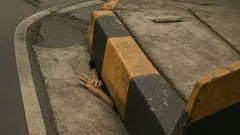
Who Are the "Mole People"?
In the Philippines, on the fringes of urban life, the phrase "people-moles" is part of local talk. It’s not an official term—it's a strong symbol for those who are enduring extreme hardship: families living in alleyways, basements, or anywhere a makeshift shelter can be put up, often hidden from the daily noise and movement.
The Rising Tide of Poverty
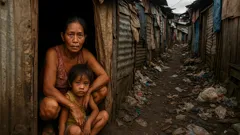
Every day I walk through neighborhoods where shanties cling along riverbanks and underpasses. Here, the reality of poverty in the Philippines is overwhelming—children play in narrow alleys beside families that carve out community from adversity. Many people have ended up in these slums due to financial hardship, with no alternative but a life on the streets.
For many, hiding under the bushes is a desperate but a creative approach to shielding themselves from the pitfalls of homelessness, and to create homes from what others would throw away.
The lack of affordable housing has pushed thousands of families into building informal communities, putting together houses from scavenged wood or plastic sheets. As more and more Filipinos struggle with rising rents and low earnings, these mole people innovate, living wherever safety can be found—sometimes even underground.
More Than Shelter: Social Dimensions
But their struggle isn’t just about shelter. Social issues like crime, gaps in education, or lack of access to healthcare make them even more vulnerable. Often, they are pushed aside and judged, ignored by much of society, which just makes the cycle of poverty spin faster.
Why the "Mole People" Term Matters
The label isn’t just for effect. It highlights how communities find ways to survive in harsh environments—even managing to thrive under the city’s radar. This type of resilience is admirable, but it’s also a raw reminder of weak policies and a housing system that many see as deeply lacking.
When I think of the faces I’ve met and seen, it’s clear that to ask, "Who are the people-moles in the Philippines?" is to question not only their existence but also the structures that allow so many to be left out. Recognizing their dignity is the first step in understanding the huge challenges they face every single day.
 Meg Magazine
Meg Magazine

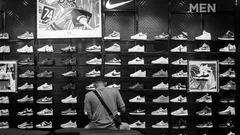


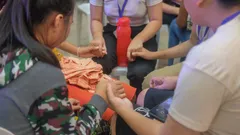



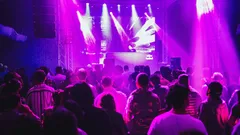






Comments